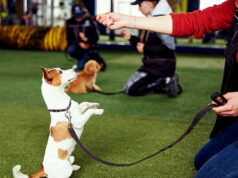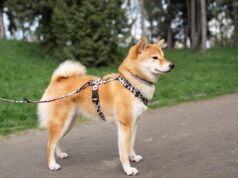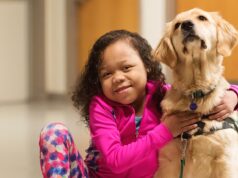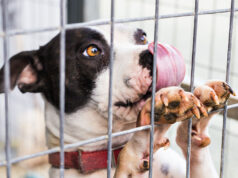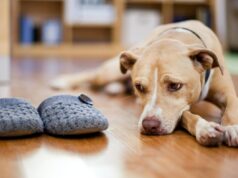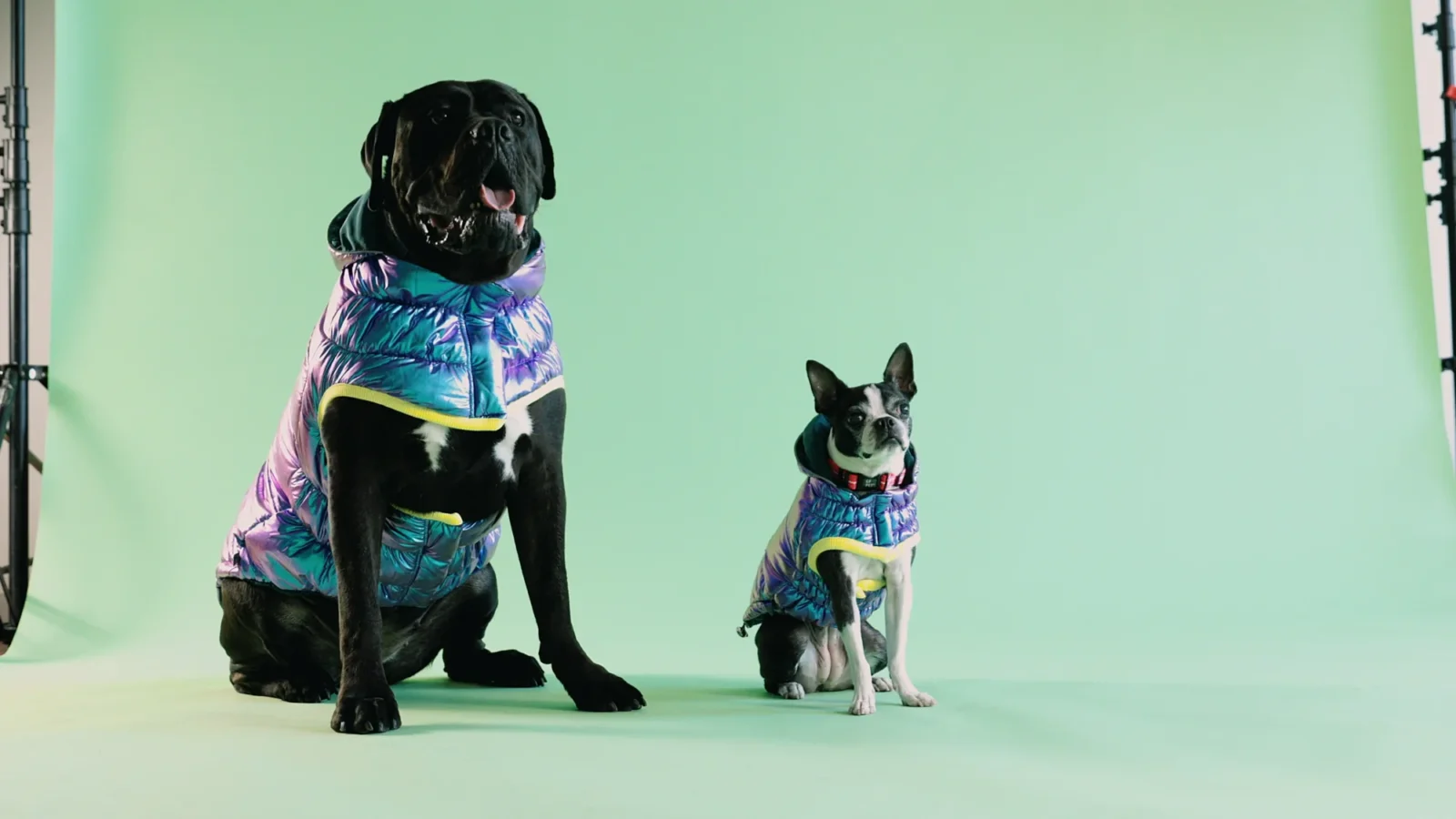
Dressing up our furry friends has become more than just a trend; it’s a way of life for many pet owners. Whether it’s to protect them from harsh weather conditions or simply to make a fashion statement, dog clothes can provide both functionality and style. However, the key to ensuring your dog is comfortable and happy in their new attire lies in finding the perfect fit. This comprehensive guide will delve into the art of measuring your dog for clothes, offering valuable tips to achieve that ideal combination of comfort and style.
Understanding the Perfect Fit
Before diving into the measuring tape, it’s crucial to grasp why a perfect fit is paramount. Clothes that are too tight can restrict your dog’s movement and potentially lead to circulation problems. On the other hand, garments that are too loose can pose a safety hazard, as they can snag on objects or cause your dog to trip. Thus, achieving a snug yet comfortable fit is essential for your dog’s well-being and ease of movement. Just as with clothing, choosing the right designer puppy collars is crucial for ensuring comfort and safety for your beloved pet.
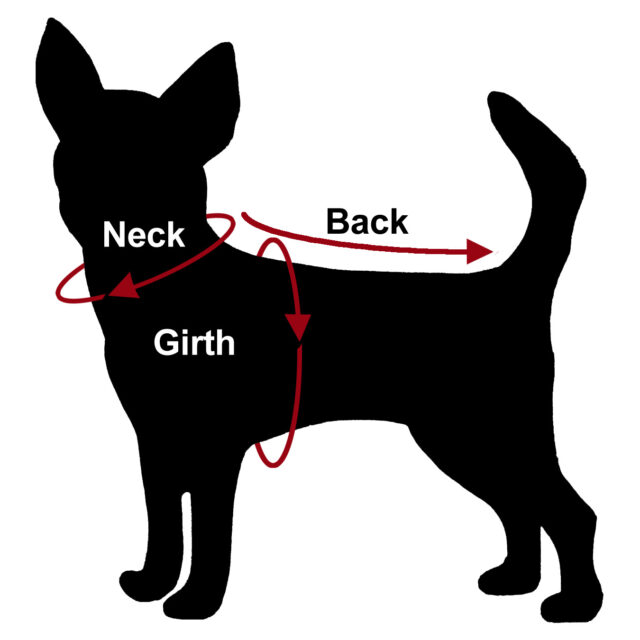
Getting Your Dog Comfortable
The first step in measuring your dog for clothes involves ensuring they are relaxed and at ease. For many dogs, the sensation of being measured can be unfamiliar and, at times, unsettling. Begin by familiarizing your dog with the measuring tape, allowing them to sniff and inspect it. Use a calm and reassuring tone, and consider rewarding them with treats to associate the measuring process with positive experiences.
Essential Measurements
To ensure the best fit, there are three main measurements you’ll need to take: the neck girth, chest girth, and back length. Each of these plays a crucial role in how the garment will fit your dog.
Neck Girth
The neck girth is the circumference of your dog’s neck, typically where a collar would sit. To measure this, gently wrap the measuring tape around your dog’s neck, ensuring it’s snug but not tight. It’s important to allow enough room for comfortable movement, usually by adding about an inch to the measurement you obtain.
Chest Girth
The chest girth is arguably the most critical measurement, as it accounts for the widest part of your dog’s body. To find this measurement, locate the broadest part of your dog’s chest, which is usually just behind the front legs. Wrap the measuring tape around this area and ensure it’s snug, with enough give for your dog to breathe and move easily.
Back Length
The back length measures the distance from the base of your dog’s neck to the base of their tail. This measurement determines the length of the garment and ensures it covers your dog’s body adequately without hindering their natural tail movements.
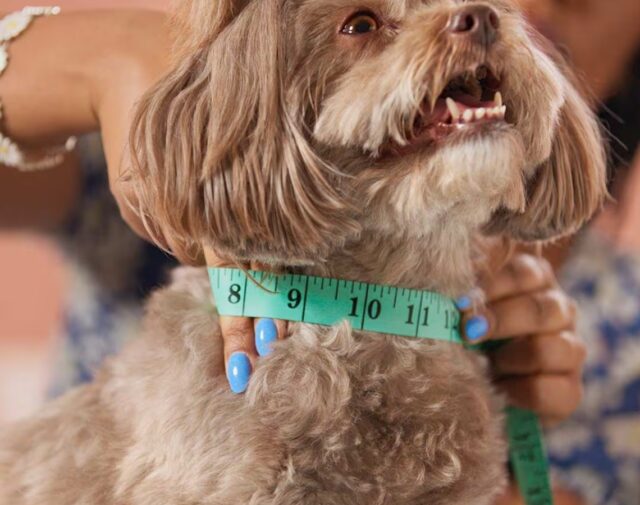
Selecting the Right Tape
When measuring your dog, it’s essential to use a soft measuring tape. This type of tape is flexible and can easily conform to your dog’s body shape, providing more accurate measurements than a rigid ruler or metal tape measure.
Tips for Accurate Measurements
Measuring a dog can sometimes be challenging, especially if they are wiggly or uncooperative. Here are some tips to ensure you get accurate measurements:
Always measure your dog when they are standing up. This position allows for a more natural distribution of their weight and a more accurate representation of their size.
If your dog won’t stay still, consider enlisting the help of a friend to keep them calm and in place.
Take each measurement at least twice to ensure accuracy. It’s not uncommon for the first measurement to be slightly off due to the dog’s movement or the tape’s placement.
Write down the measurements as soon as you take them to avoid forgetting or mixing them up.
Understanding Dog Clothing Sizes
Once you have your dog’s measurements, the next step is to understand how these numbers translate into clothing sizes. It’s important to note that sizing can vary significantly between brands, so it’s crucial to refer to each brand’s specific sizing chart. These charts will typically provide a range of measurements for each size category, allowing you to select the size that best matches your dog’s measurements.
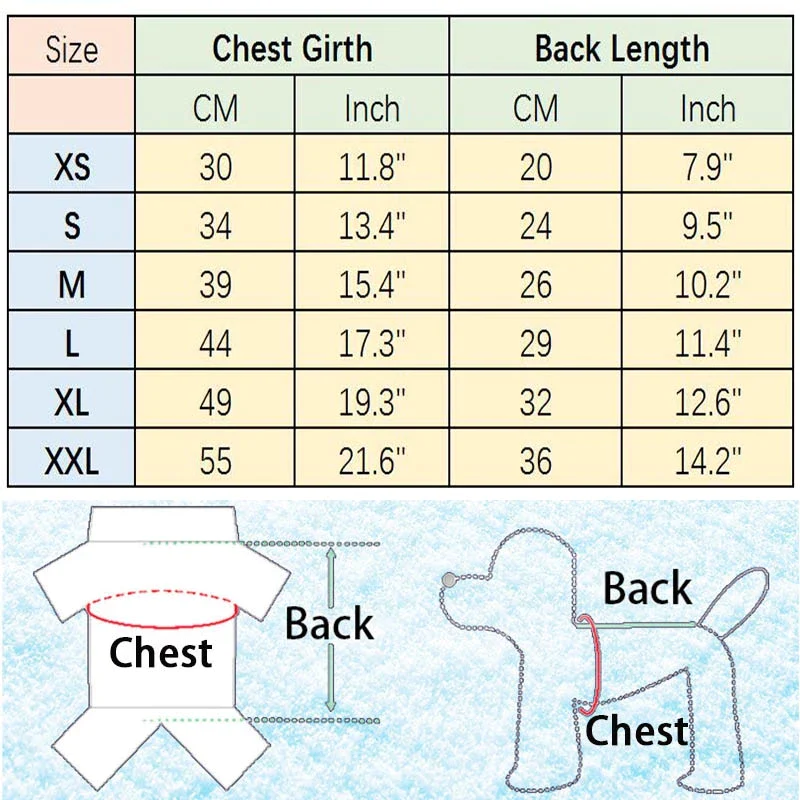
The Importance of Fabric and Design
When selecting dog clothes, the fabric and design are just as important as the size. Look for materials that offer stretch and flexibility, such as cotton blends, to accommodate your dog’s movements. Additionally, consider the garment’s design and how it will fit your dog’s body shape. For example, dogs with broader chests or longer bodies may require specially designed clothes that cater to their unique proportions.
Custom-Made Options
For those who struggle to find ready-made clothes that fit their dog perfectly, custom-made garments may be the solution. Many tailors and pet clothing companies offer custom services, allowing you to provide your dog’s specific measurements for a garment tailored to their exact size. While this option may be more costly, it ensures a perfect fit and can be particularly beneficial for dogs with non-standard body shapes.
Trying Clothes On
Whenever possible, it’s advisable to try clothes on your dog before making a purchase. This allows you to assess the fit, comfort, and ease of movement. Observe how your dog behaves in the garment; if they seem uncomfortable or restricted, it may not be the right fit. Additionally, check for any signs of irritation or discomfort after wearing, as this could indicate that the garment is too tight or the fabric is unsuitable for your dog’s skin.
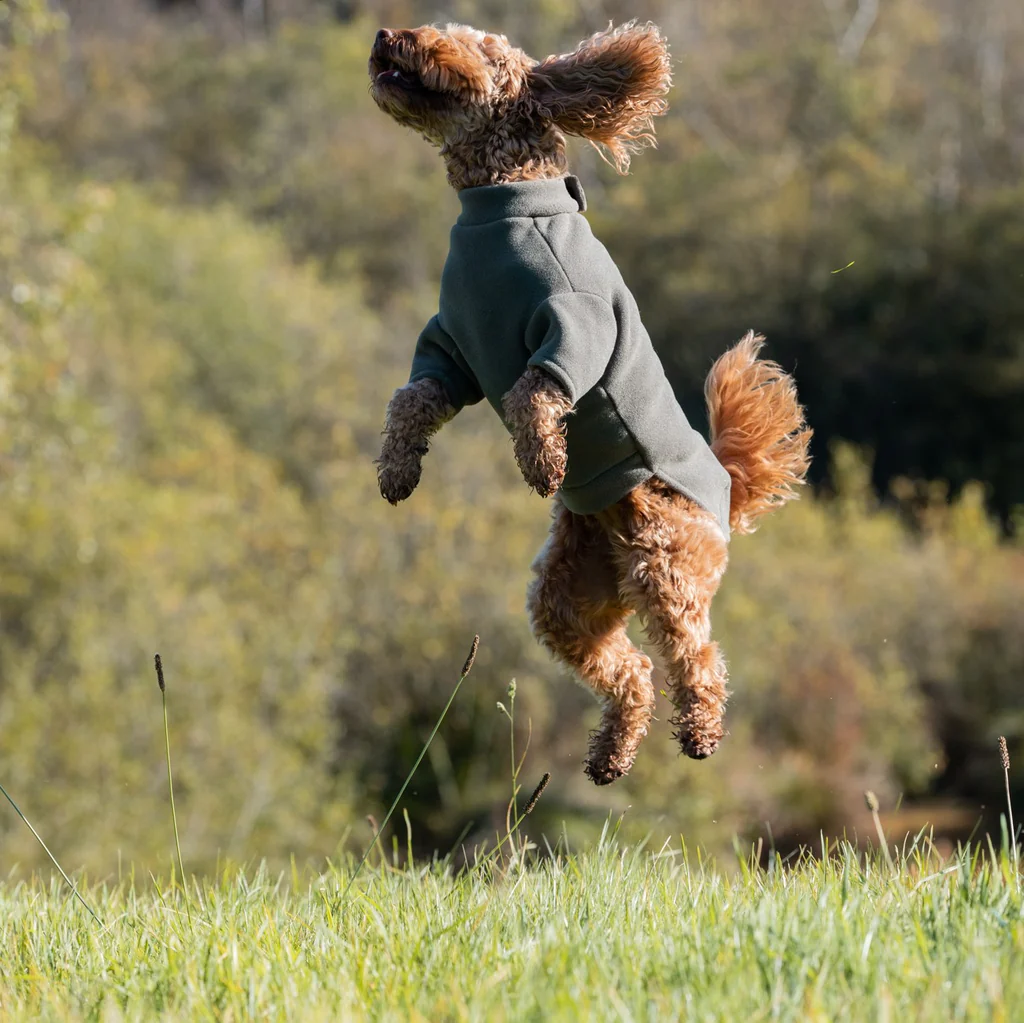
Seasonal Considerations
When measuring your dog for clothes, consider the season and the type of garment you’re selecting. For instance, winter coats may need to be slightly larger to accommodate additional layers underneath, while summer clothes should be lightweight and breathable to prevent overheating.
End Note
Measuring your dog for clothes requires patience, precision, and an understanding of your dog’s comfort and needs. By taking accurate measurements and considering factors such as fabric, design, and seasonal requirements, you can ensure that your dog’s wardrobe is not only stylish but also comfortable and functional. Remember, the goal is to enhance your dog’s life with clothing that adds value, whether it’s for protection against the elements or simply to make a fashion statement. With the right approach, you can achieve a perfect fit that keeps your furry friend happy, comfortable, and looking their best.

